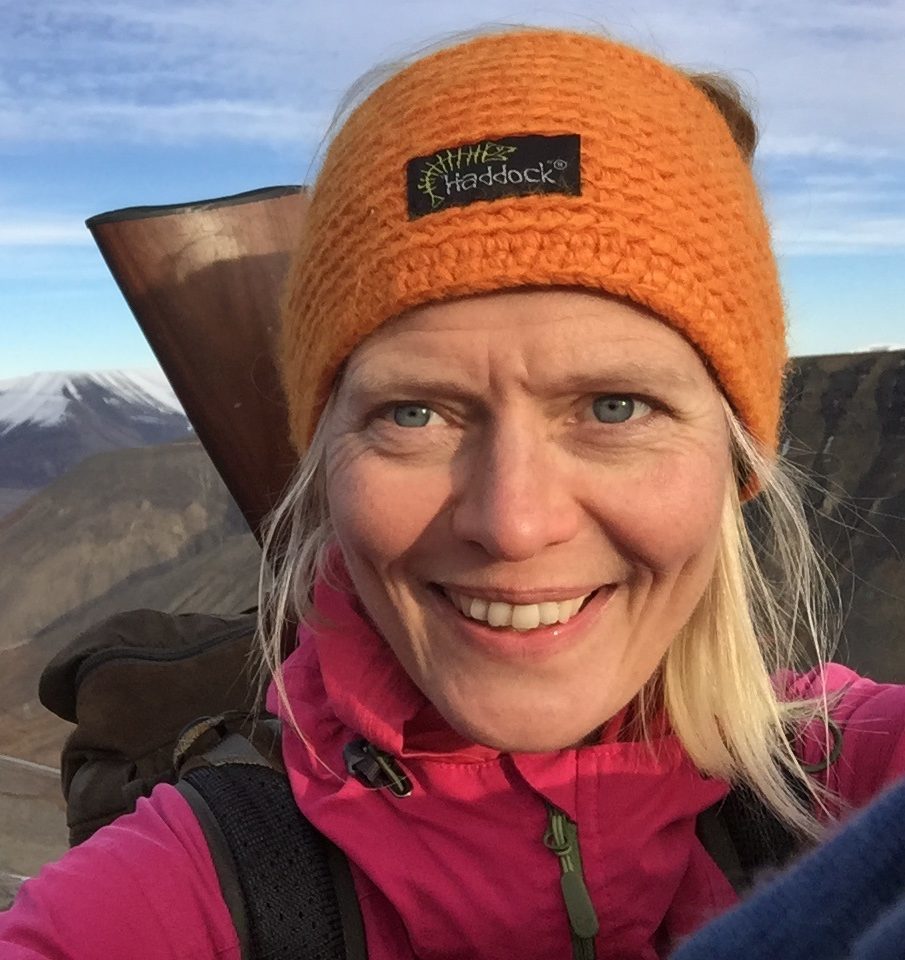“The Happiest Field Station on Earth” – a travelogue from Sehoya Cotner
 On the eve of the latest United Nations report, revealing Norway to be “The Happiest Place on Earth,” I arrived at the coldest place I’ve ever been—Longyearbyen. As a biology-education researcher from the University of Minnesota, I’ve been working with bioceed for a year, but this was my first visit to the University Centre in Svalbard. I was motivated by a desire to study how science is taught at UNIS, particularly how scientific research projects are integrated into the curriculum in the courses. And of course there are the reindeer. I really wanted to see reindeer.
On the eve of the latest United Nations report, revealing Norway to be “The Happiest Place on Earth,” I arrived at the coldest place I’ve ever been—Longyearbyen. As a biology-education researcher from the University of Minnesota, I’ve been working with bioceed for a year, but this was my first visit to the University Centre in Svalbard. I was motivated by a desire to study how science is taught at UNIS, particularly how scientific research projects are integrated into the curriculum in the courses. And of course there are the reindeer. I really wanted to see reindeer.
Before starting work at UNIS, I spent a weekend as a tourist, experiencing a cold I won’t be able to describe back home, and observing the extreme affection people have for this place. On a Saturday hike up snowy Sarkofagen, it was -27 F with a cruel wind. But it was sunny. Our guide said “Can you believe we almost didn’t come out today? That would have been tragic…it’s such a marvelous day!” before leading us into an ice cave “to warm up.” Another guide referred to the weather in Oslo as “perfect all the time,” but he said it with clear disdain. Why would anybody want to live anywhere besides Longyearbyen?
At UNIS, I met with many students and faculty, all with an obvious affection for the center and the work they are doing. And the work they are doing is impressive. In my field, we speak of “evidence-based” teaching, in which faculty teach using techniques that are empirically demonstrated to lead to student engagement and long-term learning. Whether the UNIS faculty have read this literature or not, they are certainly using effective teaching techniques in their classes. Projects, small-group discussions, and formative assessment are integrated into all the courses I visited. Also, all the students are doing meaningful research, asking questions that matter and learning important scientific skills that will serve them well in any discipline they choose to pursue. I hope my own investigation will help us understand how best to involve students in research—in ways that benefit both the student and the faculty member.
It was hard to suppress my jealousy of these students, going to their small classes in their cozy socks, working closely with faculty that are leaders in their disciplines, and experiencing field research from research vessels, snowmobiles, and snowshoes. Also, students are learning not just about cutting-edge arctic science, but important science skills—how to design an experiment to test a stated hypothesis, plan for the vagaries of field work, collaborate with an international community, and interpret their own data. And they are doing this at what may be the happiest field station in the world.



